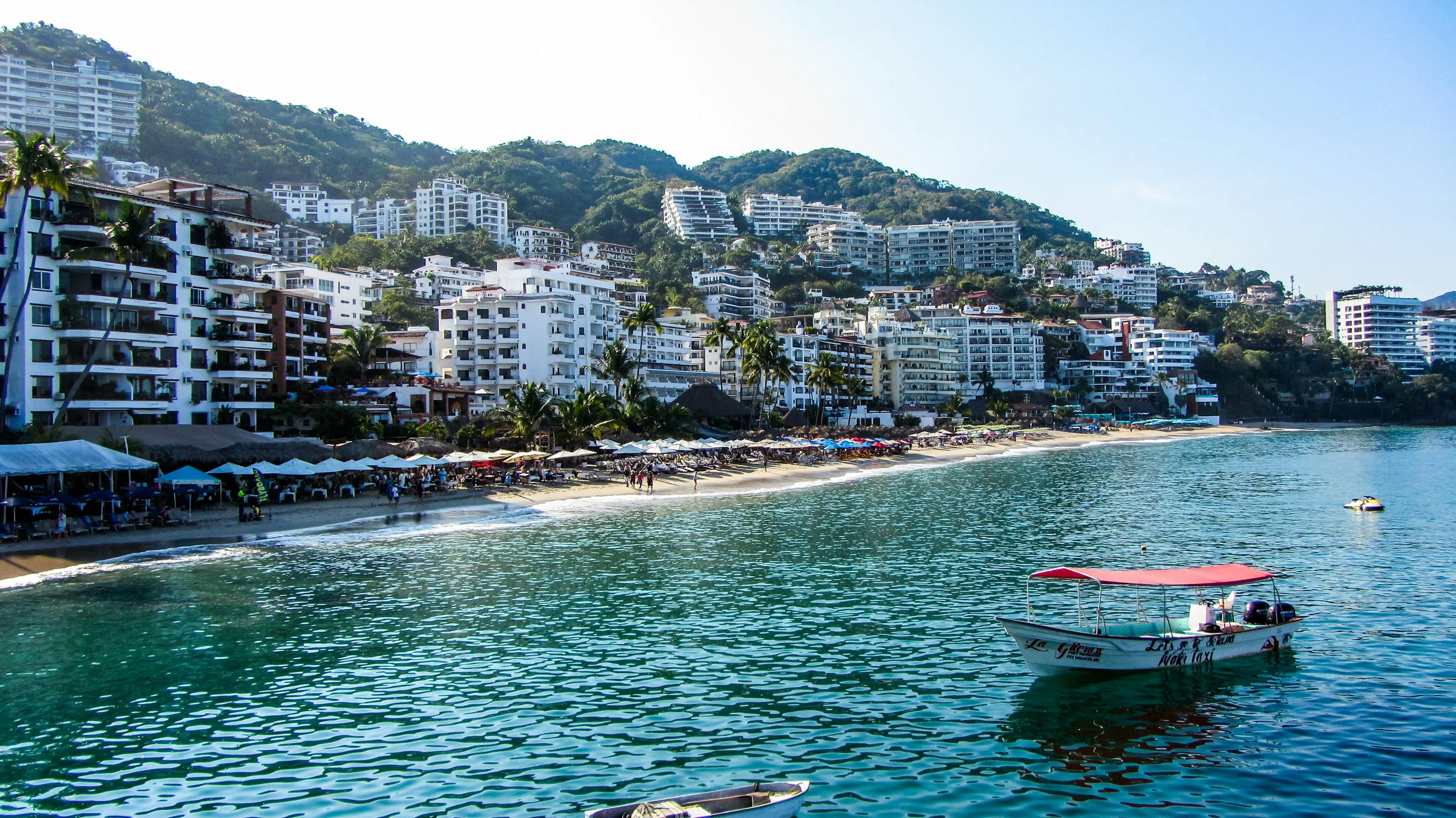As many as 1 million U.S. and Canadian citizens already call Mexico their home, with more joining them all the time. In terms of numbers, Mexico is the most popular expat destination for North Americans in the world. This should come as no surprise, actually. Mexico has a lot to recommend it.
Convenience, for one thing: From the U.S. and Canada, you can drive to Mexico—in your own car—or fly there in a few hours, in most cases. Mexico offers many of the First-World conveniences we’re used to—including good highways, plenty of airports, reliable telephone service, and fast internet connections.
Mexico’s lower cost of living means a comfortable, fulfilling life here will likely cost you a fraction of what you pay “back home.” As much as 50% below what you’d pay in the rest of North America.
And then there are all those enticing differences that make Mexico so special: the vibrant local culture and rich history; the friendly people and their relaxed lifestyle; the sunny climate; the delicious food and drink; the miles (nearly 6,000) of coastline, much of it warm, sandy beach. You’ll also enjoy a slower, more relaxed pace of life here, where children still play in the streets and neighbors know each other.
Get Your Free Mexico Report Today!
Get Your Free Mexico Report Today!
Learn more about Mexico and other countries in our daily postcard e-letter. Simply enter your email address below and we’ll send you a free special report – Mexico: The Perfect Close-to-Home Retirement Haven.

By submitting your email address, you will receive a free subscription to IL Postcards and special offers from International Living and our affiliates. You can unsubscribe at any time, and we encourage you to read more about our Privacy Policy.
And thanks to Mexico’s large size and varied geography, those moving here have so many choices…little silver-mining towns where the winding streets seem to head up to the clouds…fishing villages where you can rise at dawn to buy the day’s catch fresh from returning fishermen…beach towns where the sound of surf and the tang of salt water linger in the air… and cosmopolitan cities.
So whatever lifestyle you seek, you’ll likely find it in Mexico. No wonder more U.S. expats live in Mexico than in any other country in the world…
The Pros and Cons of Living in Mexico
By Don Murray
Remember that time you fell in love with the “perfect” person? And the times you found the perfect job and the perfect house in the perfect neighborhood? I’m guessing, if you’re like most folks, many of those perfect situations didn’t endure the passage of time. Relationships, jobs, and housing are only a few of the many things requiring compromise in our lives as perfection doesn’t exist.
The truth is that regardless of how much expats brag about their lives in their chosen, overseas destination, no country is perfect. Every country has pros and cons and Mexico is no exception. Here are a few of the pros and cons I’ve discovered while living in Mexico.
Climate
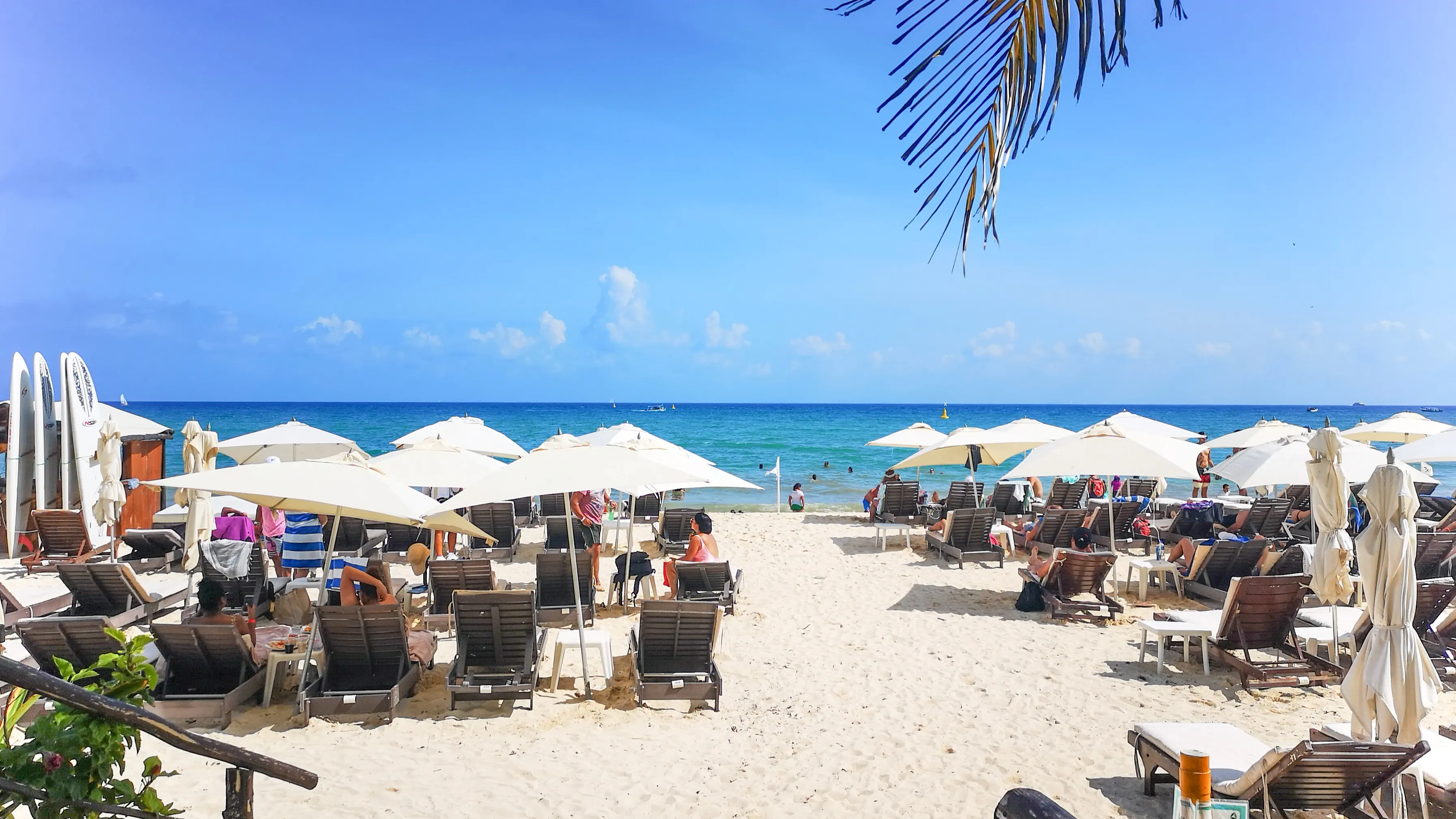
Pros: Mexico is a huge country that is normally sunny throughout. It has a varied climate and it is this variety of climate that offers something for everyone. The coasts, bathed by the Caribbean Sea on the east, the Gulf of Mexico north of the Yucatan Peninsula and the Pacific Ocean on the west, are all tropical climates. Warm tropical air, laden with humidity is the norm in those areas while higher elevations in the interior of the country are much cooler. In fact, Mexico City sitting at about 7,500 feet in the Sierra Madre, is often surrounded by snow-capped mountains during the winter months.
Get Your Free Mexico Report Today!
Get Your Free Mexico Report Today!
Learn more about Mexico and other countries in our daily postcard e-letter. Simply enter your email address below and we’ll send you a free special report – Mexico: The Perfect Close-to-Home Retirement Haven.

By submitting your email address, you will receive a free subscription to IL Postcards and special offers from International Living and our affiliates. You can unsubscribe at any time, and we encourage you to read more about our Privacy Policy.
Lake Chapala (just outside Guadalajara), brags that it has the best weather in the world with ample sunshine, average temps around 77 F, and rain falling mostly at night.
Cons: If you live on any of Mexico’s Coasts, it is possible to find yourself in the path of a large, incoming storm that has been given a human name. Hurricanes. They do happen in Mexico, but here’s the deal. Hurricanes are the only natural disaster that provide a week’s notice. You have plenty of time to prepare and/or leave the impact area if necessary as forecasting is quite accurate, these days. Since 1955, Mexico has been impacted by 12 named storms. That’s one storm every 4.3 years and that includes storms that make landfall on the Caribbean Coast and the Pacific Coast. That’s a lot of coastline. The odds are you’ll never experience a hurricane if you live in Mexico, but some will.
Oh, and I can’t forget about sunburn. Excessive exposure to tropical sun can be rough on skin. I’ve found that I need to moderate my beach-cruising time during spring break. Be sure to use ample sun screen and practice applying sun screen with one hand while holding a chilled Margarita with the other.
Cost of Living

Pros: A well-known strategy for making the most of living in Mexico is to earn dollars and spend pesos. A long-time, advantageous exchange rate adds additional value to an already favorable economy. That means that those with an income originating in the U.S. such as retirement income or a computer-based revenue stream will do well in Mexico’s economy. Costs for nearly everything are lower in Mexico.
Medical care is one example with costs hovering around one third to one half the cost of similar care north of the border. And the quality of care is excellent in all major cities. Dental care is another area where you can expect to pay around one third the cost in the States. Food, housing, property taxes, and utilities are silly-cheap. My electric bill for a 1,600-square-foot beach front condo (air conditioned) rarely breaks $40 monthly. Housing costs vary wildly depending on proximity to a coastline and the community. That said, you can live a very comfortable life for around $1,500 monthly (more or less) nearly everywhere.
Get Your Free Mexico Report Today!
Get Your Free Mexico Report Today!
Learn more about Mexico and other countries in our daily postcard e-letter. Simply enter your email address below and we’ll send you a free special report – Mexico: The Perfect Close-to-Home Retirement Haven.

By submitting your email address, you will receive a free subscription to IL Postcards and special offers from International Living and our affiliates. You can unsubscribe at any time, and we encourage you to read more about our Privacy Policy.
Safety and Security
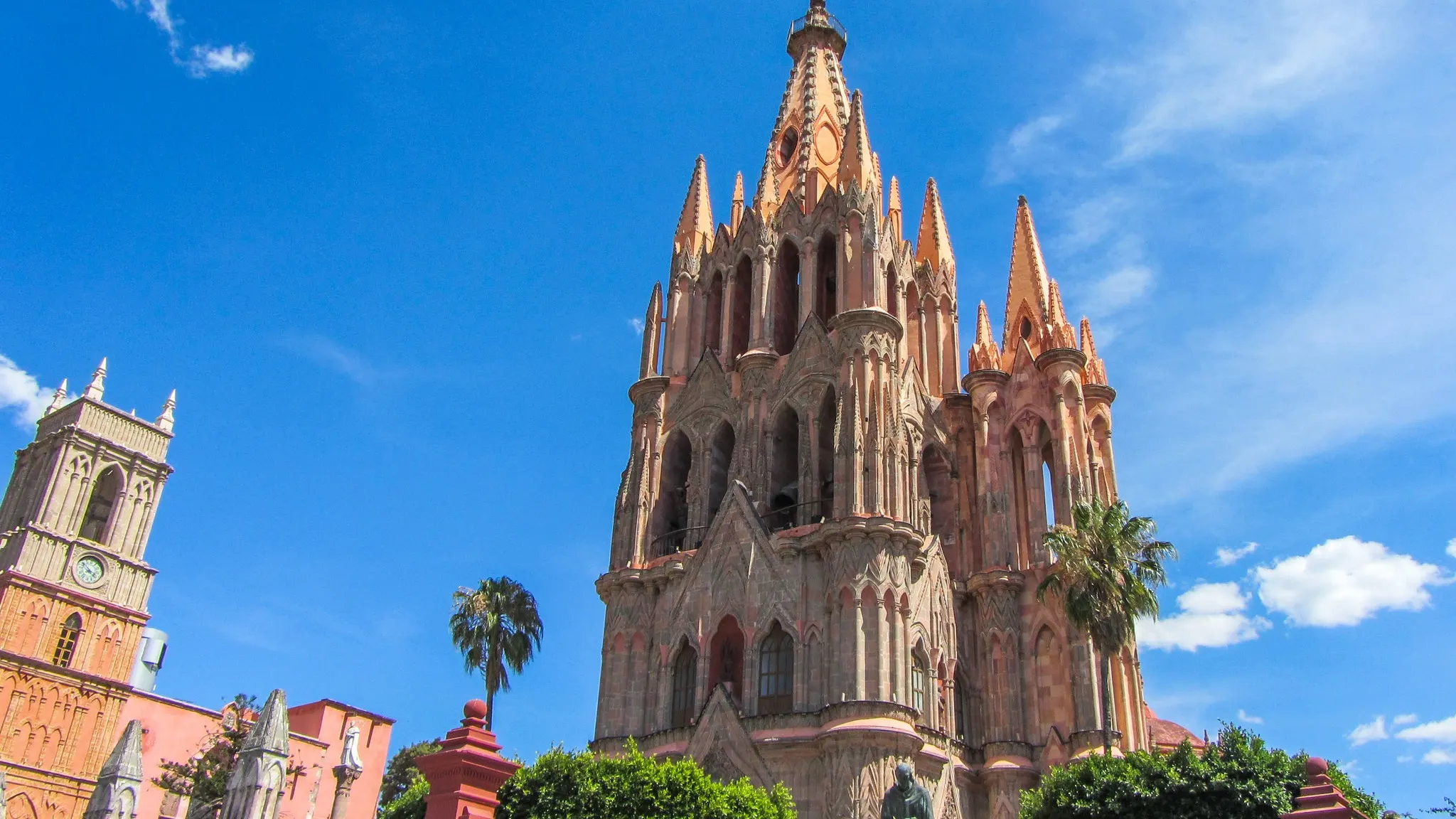
While the U.S. press regularly reports on violence in Mexico, the truth is that crime statistics in Mexico almost exactly mirror crime in the U.S. Anyone paying attention knows that Mexico’s most dangerous and violent crimes are related to organized criminal activities such as selling and distributing drugs. Like all business efforts, the sale of drugs in Mexico is competitive, especially in tourist areas. Disputes between rival drug dealers are often settled by very visible displays involving guns. One bad guy protects his territory by eliminating the competition. I mean, drug dealers can’t take each other to court, to settle territorial disputes…right? So stay out of the drug business and chances are, you’ll be perfectly safe living in Mexico.
Pros: Aside from typical tourist crimes targeting those who’ve consumed too many Margaritas, and a few real estate deals gone wrong because the buyer didn’t want to hire a lawyer or accountant for representation, living in Mexico is safe. We regularly drive our Jeep throughout the Yucatan Peninsula and have never encountered any serious crime. We walk the streets, at night, in cities, towns, and villages without fear. And the occasional traffic stop can often be settled alongside the roadway, with the transference of a few dollars. It’s an effective system and while some suggest that taking this effective shortcut encourages such shenanigans, it’s a quick and inexpensive way to handle such things.
Cons: Local roads in nearly all towns and cities are encumbered by large speed bumps called topes (toe pays) that are suspension killers and can even damage tires. They are often difficult to see, especially at night. Two-way streets can become one-way streets at unmarked intersections so you must pay close attention. It’s always best to travel during daylight hours, just in case of a mechanical problem along the way. Better safe than sorry.
Medical Care
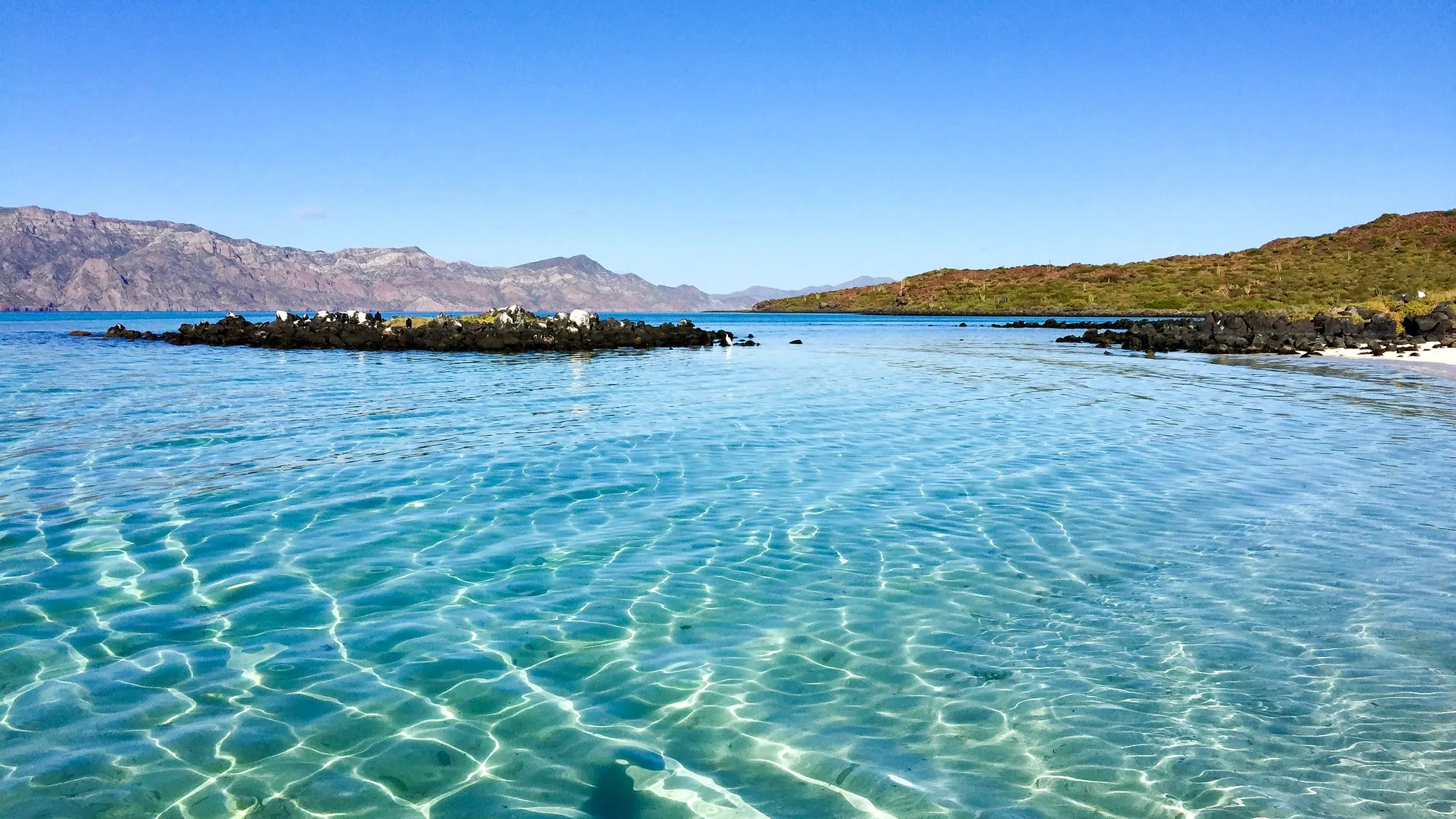
Pros: Without question, Mexico offers exceptional, professional, and affordable medical care. Residents can choose between two national care plans which are either completely free or almost completely free depending on your situation. Many doctors speak English as their second language, especially in large cities. Pharmaceuticals do not require a doctor’s prescription, except narcotics and a few strong antibiotics. Simply walk into the pharmacy and tell them what you need. And the cost is literally pennies on the dollar compared to U.S. prices. Typical doctor visits can range from $15-$40 depending on the specialty area. With costs so low, many simply pay out-of-pocket.
Cons: While hospitals provide excellent results and most have modern, updated equipment, nursing care is not up to the standards we see in U.S. hospitals. Rooms can be shared, and family members are expected, in most cases, to provide meals and incidental care to patients as nurses are scarce.
Proximity to the U.S.

Pros: Mexico’s proximity to the U.S. is, perhaps, the greatest benefit. Much of the U.S. is accessible in under two hours from major international airports. And for those so inclined, one can simply drive across the border.
Cons: Even your crazy uncle and cantankerous mother-in-law will want to visit you in this wonderful land of Aztec and Maya ruins, bright sun, tropical beaches, ample tequila, warm water, and world-class food. And if you don’t want them staying with you, hotels are cheap.
Get Your Free Mexico Report Today!
Get Your Free Mexico Report Today!
Learn more about Mexico and other countries in our daily postcard e-letter. Simply enter your email address below and we’ll send you a free special report – Mexico: The Perfect Close-to-Home Retirement Haven.

By submitting your email address, you will receive a free subscription to IL Postcards and special offers from International Living and our affiliates. You can unsubscribe at any time, and we encourage you to read more about our Privacy Policy.
Activities and Recreation
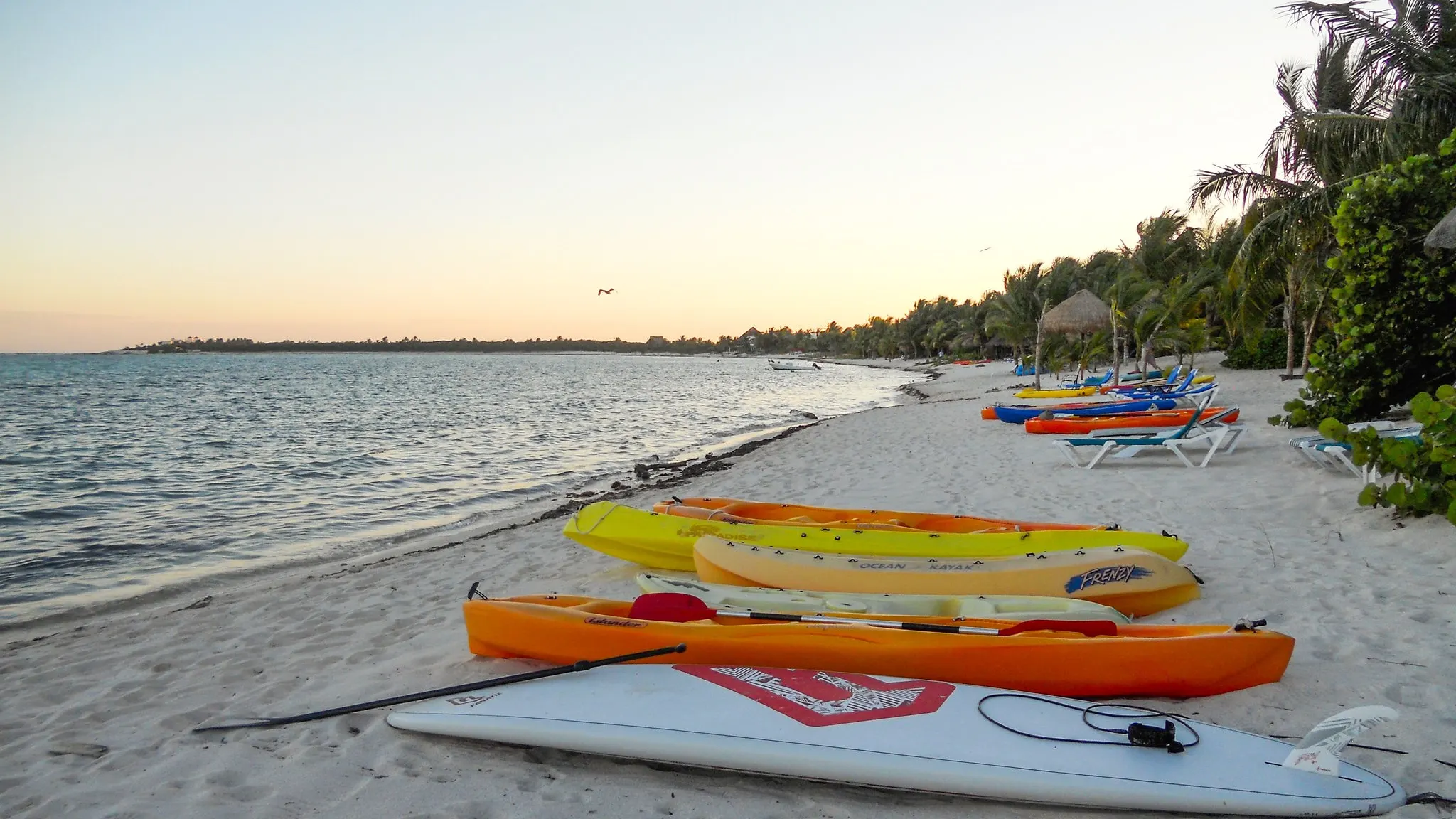
Pros: Expats are typically an active bunch, rarely found sitting home in the rocking chair. Mexico offers a huge menu of activities to keep expats healthy and entertained. With easy access to the Gulf of Mexico, the Pacific Ocean, and the famed Riviera Maya on the Caribbean Sea, beach lovers can soak up the sun and play in the surf on some of the world’s best beaches. Mexico’s snorkeling, swimming, boating, and diving and fishing offer the best of the best locations on the planet.
Then there’s exploring. The Yucatan Peninsula is filled with sunken, water-filled caves called cenotes (say-note-tays) where you can swim among stalactites and stalagmites one million years old. Or share a meal with a Maya family, visit ancient ruins or stroll through stunning colonial cities such as Merida or Valladolid. Becoming bored is impossible.
Cons: Mexico offers so much to do that you’ll have difficulty choosing. Simply keeping up with great restaurants can be taxing and will require dedication. Oh, and you might wind up gaining a few pounds. Just saying…!
Insider Tips for Living in Mexico

Some things you learn just by living in a place…or, in this case, by getting the scoop from insiders who already live in a place.
Here, then, are a few insider tips on Mexico.
Getting Money in Mexico
You’ll get the best exchange rate from your ATM or home-country credit card. However, many banks now charge a “foreign exchange fee” for using these cards abroad, which can be as much as 3% of the transaction amount. For your ATM card, you’ll also be hit with the out-of-network fee. Ask your bank about fees before you go. And also remind your bank that you’ll be abroad: Many banks now automatically block foreign transactions on ATM cards unless notified in advance.
If you have an investment account through a brokerage firm, it’s worth asking if it provides a debit or credit card that does not charge foreign exchange fees (or, in the case of debit cards, out-of-network fees). Fee-less cards can save you a lot of cash.
Mexican Bank Accounts
Some expats never bother opening a bank account in Mexico—they just use credit cards or ATM cards from their home country account to make purchases and get cash. A local account can be handy, however, especially if you need to write checks or want to wire money to yourself. Major banks with branches all over the country include Banamex, Bancomer, Banco Santander, HSBC, and Scotiabank.
You’ll be asked to show your passport (and residence visa if you have one) to open a bank account. You’ll likely also have to show proof that you have a permanent address in Mexico, such as a telephone or electricity bill in your name.
Note that, if you want to wire money to your Mexican bank account from your U.S. bank, you may need to set up the original authorization in person at your U.S. or Canadian bank. Ask your bank back home what you’ll need to do to be able to authorize transactions online.
Making a Will
If you own property in Mexico, have a legal Mexican will written and filed by a Mexican attorney. If you don’t, we can guarantee that your heirs will spend months, if not years, wrangling with Mexico’s bureaucracy over your estate. Save them the torment, time, and expense. Have your attorney draw up a Mexican will in Spanish that disposes of your Mexican possessions and property. It will simplify matters immensely.
Paying the Bills
Most household bills in Mexico like telephone and electricity must be paid in cold, hard cash. This means that you have to pay in person. Fortunately, the utility companies have found ways to make this very simple. You can pay at the company offices (sometimes there are kiosks with electronic scanners). You can also pay at supermarkets and other retail outlets that serve as payment centers (for instance, pay for your groceries and your electric bill at the same checkout counter). A few banks have also set up online bill pay.
Bring Your Three-Prong Adapters
Electrical outlets in Mexico look like ours in the U.S., and the current runs on the same 60-cycle, 110-volt system. You won’t need a converter, but you may need a three-prong adapter. Few homes or hotel rooms are equipped with three-pronged outlets (the two straight pins with the rounded grounding pin). If you spend an extended amount of time in Mexico, you may wish to invest in voltage regulators to protect expensive appliances from brownouts.
Street-Side Car Wash
In some cities the “free” parking areas—even supermarket car parks— are manned by guys with buckets who will wash your car while you’re away running errands. They usually charge anywhere from 50 to 70 pesos ($2.70 to $3.78). It’s considered polite to pay them for the car wash if you plan to park, especially if it’s on the street. Consider it a parking fee with great side benefits. If you’re only running a quick errand and don’t want to pay for the car wash, be sure to explain—and try to be back fast.
Watch Out For That Tope!
The word tope—speed bump—is one Spanish word that you should learn early and never forget. Roads—even major highways (though not toll roads)— that go through rural areas of Mexico will be littered with topes near villages to slow down speeding motorists. Some topes will be a thin, rounded line of asphalt a couple of inches high that runs across the road. Others will be as much as six or eight inches high, quite solid, and almost vertical rather than sloping. These can do serious damage to a car if you don’t slow down and are one of the hazards of driving at night in Mexico.
Topes are often indicated with a road sign that shows two or three solid black humps in a row. Just as often, however, there’s no sign at all, especially if you’re in an area with a lot of topes. If you find yourself in a tope-ridden area (and you’ll figure it out after you’ve hit a few), reduce your speed, drive carefully, and keep your eyes peeled.
Spanish Cheat Sheets
Before going shopping, asking for something, or making an appointment, it’s a good idea to spend a few minutes with a dictionary or phrase book to study up on the phrases that you’ll most likely need to use. Some expats create cheat sheets for vocabulary they need for doctor’s appointments, hairdressers, shopping, and the like.
Get Your Free Mexico Report Today!
Get Your Free Mexico Report Today!
Learn more about Mexico and other countries in our daily postcard e-letter. Simply enter your email address below and we’ll send you a free special report – Mexico: The Perfect Close-to-Home Retirement Haven.

By submitting your email address, you will receive a free subscription to IL Postcards and special offers from International Living and our affiliates. You can unsubscribe at any time, and we encourage you to read more about our Privacy Policy.
What’s the Time?
Mexico spans three different time zones and all of Mexico observes daylight saving time.
South, Central, and Eastern Mexico: GMT -6 (Central Standard Time). (GMT -5 from the first Sunday in April to the Saturday before the last Sunday in October).
Nayarit, Sonora, Sinaloa, and Baja California Sur: GMT -7 (Mountain Time). (GMT -6 from the first Sunday in April to the Saturday before the last Sunday in October).
Baja California Norte (Pacific Time): GMT -8 (GMT -7 from the first Sunday in April to the Saturday before the last Sunday in October).
Tipping in Mexico
It is polite to tip 10% to 15% in a restaurant; taxi drivers don’t usually expect a tip. But you can make your life easier and keep the driver happy by rounding up and telling the driver to keep the change. At a hotel, tip the bellboy at least 10 pesos (the equivalent of about 54 cents) a bag. Waiters generally receive 10% to 20%, depending on the level of service. Chambermaids receive about $2 a day.
In a grocery store, you’ll often see young boys and girls bagging groceries. They aren’t paid, so it’s polite to tip them a couple of pesos for their help—and the same with the men in the parking lot who help you maneuver into and out of parking spaces.
Other Mexican Traits Uncommon to Foreigners
This is a very polite and formal society. People in the U.S. are typically not used to saying hello to everyone we pass on the street; instead, a cursory nod may be all they get. In Mexico, however, that’s rude behavior. When you meet someone on a street, enter a store or business, or encounter someone behind a desk, it is common to greet them properly. Say “buenos días” in the morning, “buenas tardes” in the afternoon (after 12 p.m.), and “buenas noches” in the evening (after sunset). Never launch into a conversation without doing this. If someone is blocking your way on the sidewalk, say “con permiso,” which means that you’d like to pass “with permission.” And just as your mother taught you, always, always remember to say “por favor” and “gracias” (“please” and “thank you”). And this goes without saying: Men should be chivalrous and always allow women to go first—and should always remove their hats when entering a place of worship.
Being on time isn’t a priority. Mexicans refuse to enslave themselves to clocks except when absolutely essential. Airline, bus, and train schedules are adhered to, for example, and bullfights begin more or less on time. But a more relaxed attitude applies for social gatherings. Mañana means later, tomorrow, or sometime in the future…sometimes a long time in the future. By the way, being late for a meeting may be appropriate for a Mexican, but you should always strive to be on time. Don’t do today what you can put off until mañana. Mexicans are warm and gracious. They embrace the mañana attitude, and do not embrace the time-is-money mentality of many other cultures. The old Mexican saying is that “North Americans live to work, but Mexicans work to live!” Respect their sense of time and traditions and you will do well here.
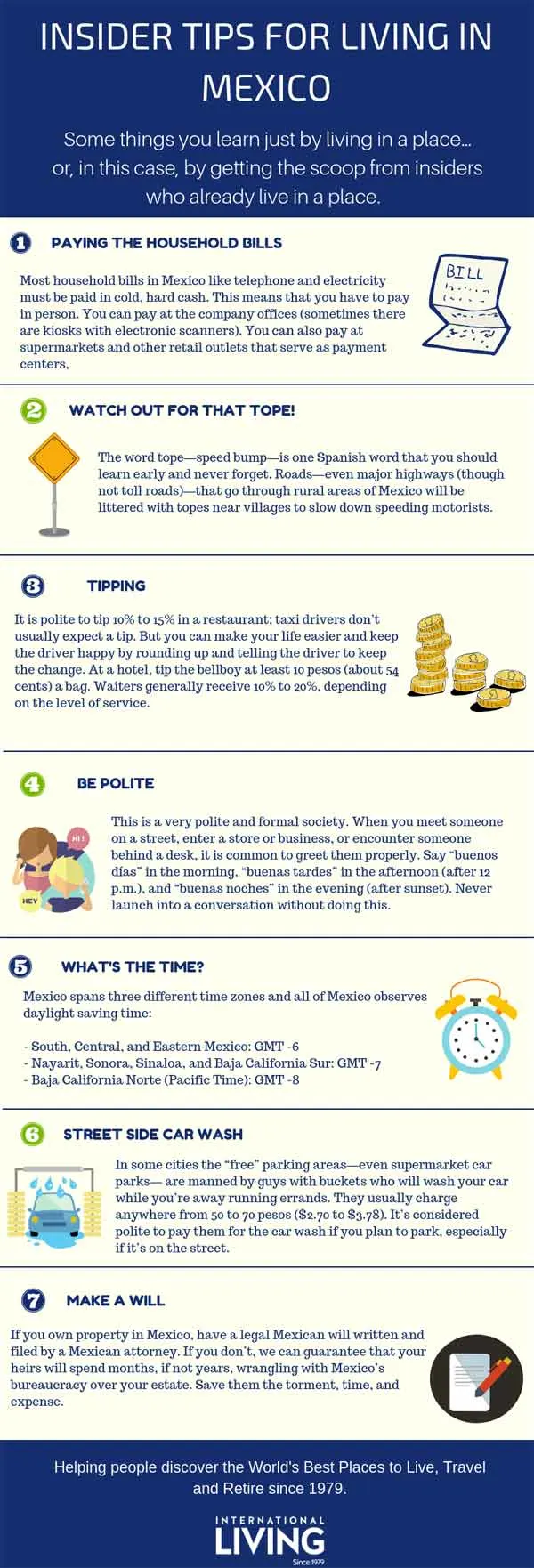
Get Your Free Mexico Report Today!
Get Your Free Mexico Report Today!
Learn more about Mexico and other countries in our daily postcard e-letter. Simply enter your email address below and we’ll send you a free special report – Mexico: The Perfect Close-to-Home Retirement Haven.

By submitting your email address, you will receive a free subscription to IL Postcards and special offers from International Living and our affiliates. You can unsubscribe at any time, and we encourage you to read more about our Privacy Policy.














